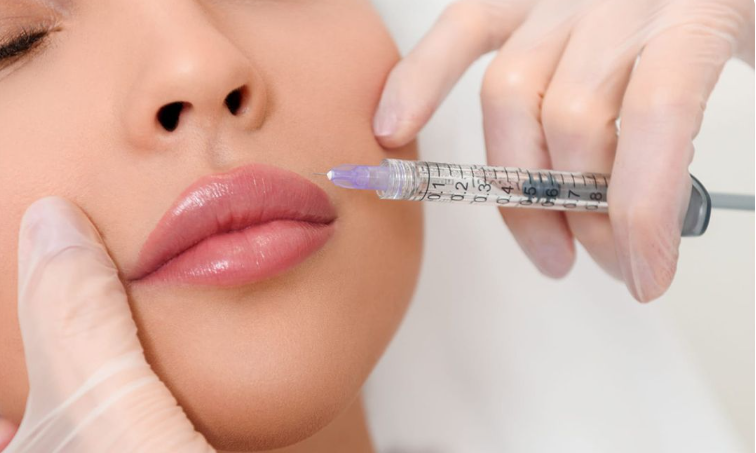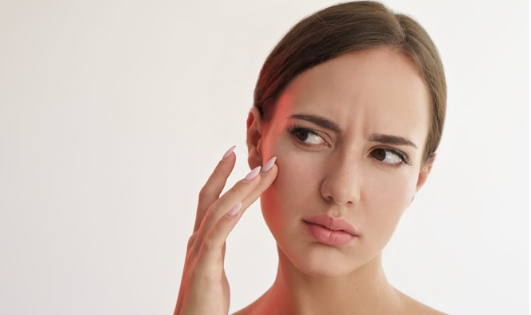The Ultimate Guide to Facial Treatments Before or After Botox: What You Need to Know
Post-botox facial treatments are important because they help the skin heal, rejuvenate, and remain healthy. As you may know, botox is a neurotoxin that temporarily disrupts muscle activity in order to reduce wrinkles. However, it can also cause inflammation, dryness, and redness of the skin. Post-botox facial treatments are designed to stimulate the skin’s natural healing process and help it recover by replenishing moisture, soothing inflammation, and restoring balance.
What is Botox and How it Works
Botox is a neurotoxin derived from the naturally occuring Clostridium botulinum. It works by blocking nerve signals to specific muscles in the face, which prevents them from contracting and creating wrinkles. Botox is typically used on the forehead, around the eyes and mouth, and in other areas that are prone to wrinkling due to sun or age-related damage.
What are Some Post-Botox Facial Treatments?
Some of the most popular post-botox facial treatments include:
- Anti-Aging Facials: These facials use powerful anti-aging ingredients like peptides and antioxidants to help reduce wrinkles and prevent future signs of aging.
- Hydrating Facials: These facials help to restore moisture and keep skin hydrated, which helps improve suppleness and reduce the appearance of wrinkles.
- Brightening Facials: These facials use gentle exfoliating ingredients like alpha hydroxy acids (AHAs) to slough away dead skin cells and reveal brighter, more even skin.
- Rejuvenating Facials: These facials use a combination of ingredients like vitamins and essential oils to help regenerate the skin and promote cell turnover for a more youthful appearance.
These are just some post-botox facial treatments that can help you maintain healthy, vibrant skin after your botox treatment. It’s important to discuss with your doctor which treatments are best suited for you and your skin type.
- Always wear sunscreen – Sun exposure can break down the effects of Botox, so it’s important to wear a broad-spectrum SPF when you’re out in the sun.
- Be gentle with your skin – Avoid scrubbing, exfoliating, and picking at your skin after a botox treatment.
- Stay hydrated – Drinking plenty of water helps keep your skin healthy and can also promote healing.
- Eat a balanced diet – Eating a balanced diet that’s rich in antioxidants and skin-friendly vitamins can help nourish your skin from the inside out.
By following these tips, you’ll be able to keep your skin healthy and looking its best after botox treatments. Additionally, by incorporating post-botox facial treatments into your skincare routine, you can help ensure that your skin remains in optimal condition. With the right knowledge and care, you’ll be able to achieve beautiful results from your botox treatments!
These post-botox facial treatments are a great way to keep your skin looking its best after your botox treatment. As always, it’s important to consult with your doctor before beginning any new skincare regimen. With the right knowledge and care, you’ll be able to keep your skin looking healthy and refreshed after a botox treatment!
BelViso Medical Spa is here to provide you with the best facial treatments and skincare advice. Contact us today to schedule your appointment and find out more about our post-botox facial treatments. We look forward to helping you maintain beautiful, healthy skin!
Our Recent News & Articles







